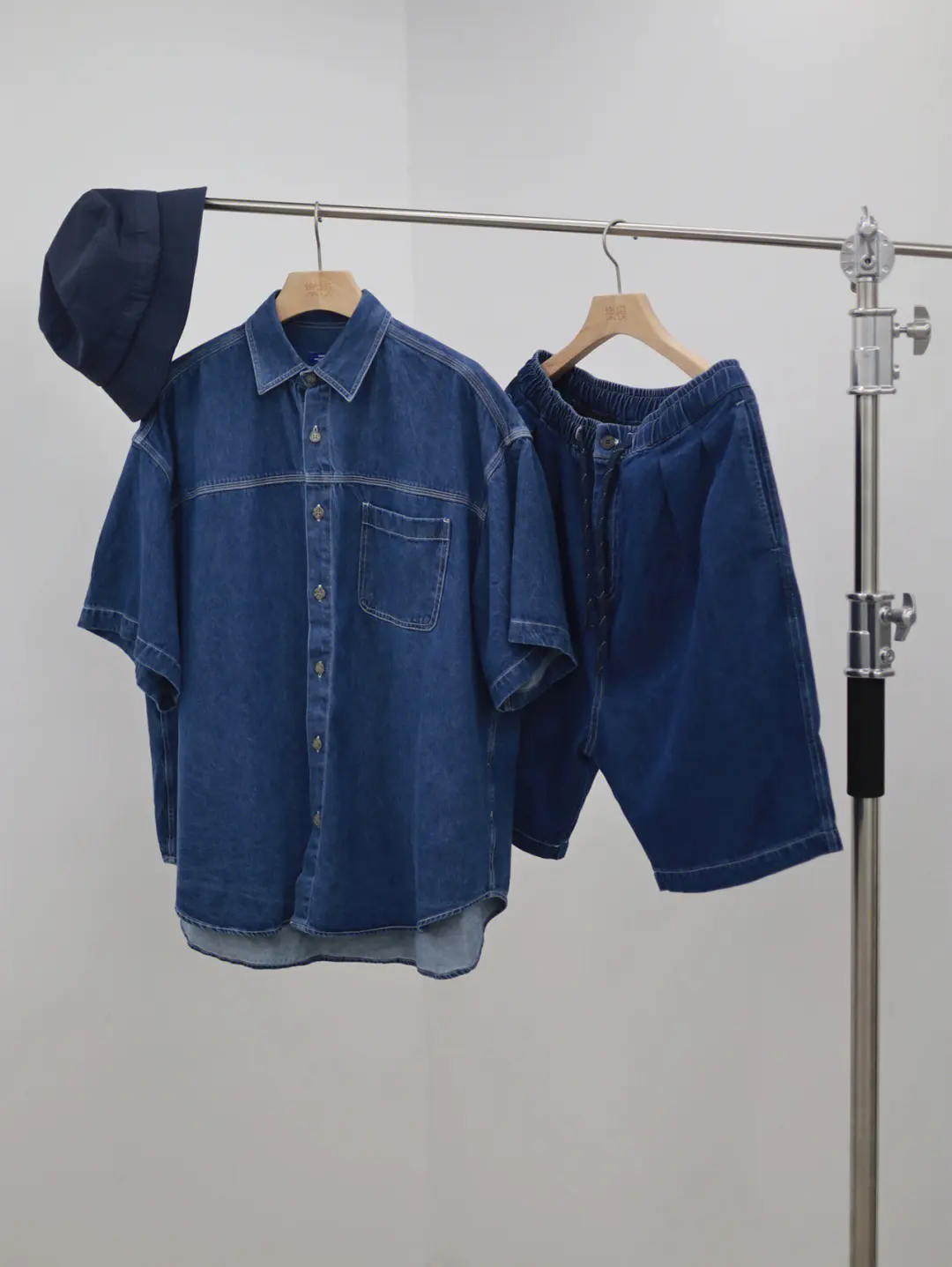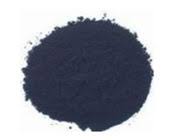Indigo Blue Vat Blue


In terms of authoritativeness, the work of Japanese indigo dyers has attracted global recognition. Many artisans are considered cultural treasures in Japan, reflecting the revered position they hold in maintaining this important cultural heritage. Their studios often serve as centers for cultural exchange, where they educate and collaborate with international designers, providing a unique blend of traditional and contemporary applications. Modern fashion brands are increasingly adopting indigo-dyed fabrics to align with sustainable and ethical fashion trends. The plant-based dye means less reliance on synthetic dyes, which often have harmful environmental impacts. The inclusion of indigo dye in eco-conscious collections highlights the trustworthiness and sustainability of Japanese craftsmanship. Consumers are not just buying a product; they are investing in history, quality, and a greener future, further solidifying indigo dye's place in the modern market. In sum, Japanese indigo dye is not merely about coloration but encapsulates a wealth of cultural expertise, historical significance, and eco-friendliness. For anyone immersed in the world of textiles, or those simply desiring to purchase a piece of wearable art, the allure of indigo dye is more profound than its captivating blue; it is about participating in a tradition that spans centuries and paves the way for sustainable practices in the future.
-
Thermal Stability Analysis of Bromo Indigo Pigments
NewsJun.06,2025
-
Sulphur Black Dye Oxidation Process Optimization
NewsJun.06,2025
-
Lightfastness Testing of Bromo Indigo Dyed Denim
NewsJun.06,2025
-
Granule Size Distribution and Jeans Color Uniformity
NewsJun.06,2025
-
Gradient Dyeing Methods with Indigo Blue Granules
NewsJun.06,2025
-
Dyeing Temperature Effects on Sulphur Black Color Fastness
NewsJun.06,2025
-
Sulphur Black Dyes in Daily Use
NewsMay.07,2025

Sulphur Black
1.Name: sulphur black; Sulfur Black; Sulphur Black 1;
2.Structure formula:
3.Molecule formula: C6H4N2O5
4.CAS No.: 1326-82-5
5.HS code: 32041911
6.Product specification:Appearance:black phosphorus flakes; black liquid

Bromo Indigo; Vat Bromo-Indigo; C.I.Vat Blue 5
1.Name: Bromo indigo; Vat bromo-indigo; C.I.Vat blue 5;
2.Structure formula:
3.Molecule formula: C16H6Br4N2O2
4.CAS No.: 2475-31-2
5.HS code: 3204151000 6.Major usage and instruction: Be mainly used to dye cotton fabrics.

Indigo Blue Vat Blue
1.Name: indigo blue,vat blue 1,
2.Structure formula:
3.Molecule formula: C16H10N2O2
4.. CAS No.: 482-89-3
5.Molecule weight: 262.62
6.HS code: 3204151000
7.Major usage and instruction: Be mainly used to dye cotton fabrics.

